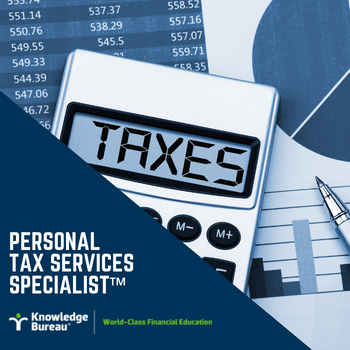Last updated: August 17 2022
Employer-paid Cell Phones

Walter Harder
Like all employer-paid expenses, the concept is that, if the employer is the primary beneficiary of the payment, the payment is not taxable to the employee. But, if the employee is the primary beneficiary, then the benefit is taxable. For cell phones and cell phone service, the same concept applies, but the details can become confusing.
CRA breaks down this benefit into two parts: the provision of the cell phone itself, and the provision of a cell phone usage plan. In cases where the cell phone itself is included in the plan fee, that fee has to be broken down into its component parts to determine how much, if any, is taxable to the employee.
First for the phone itself. It is CRA’s policy that if the employer owns the phone and provides it to the employee to carry out their employment duties, then the cost of the phone is not a taxable benefit. However, if the employer reimburses the employee for the use of their own phone, then the reimbursement is a taxable benefit.
Now for the cell usage plan. The CRA says that if the employer pays for or reimburses the employee for their cell phone usage plan, then the portion of the usage that is related to their employment duties is not a taxable benefit, but the portion that relates to their personal use is a taxable benefit. The employer would be responsible for determining the personal-use portion. However, the personal use portion can be ignored if the plan is a basic plan with a fixed and reasonable cost and the employee’s use of the plan does not increase the cost of the plan.
For all-inclusive plans most often sold by the larger cell phone service providers, the portion that applies to the cost of the phone will be a taxable benefit if the employer reimburses the employee but not a taxable benefit if the employer signs up for the plan and provides the phone to the employee.
